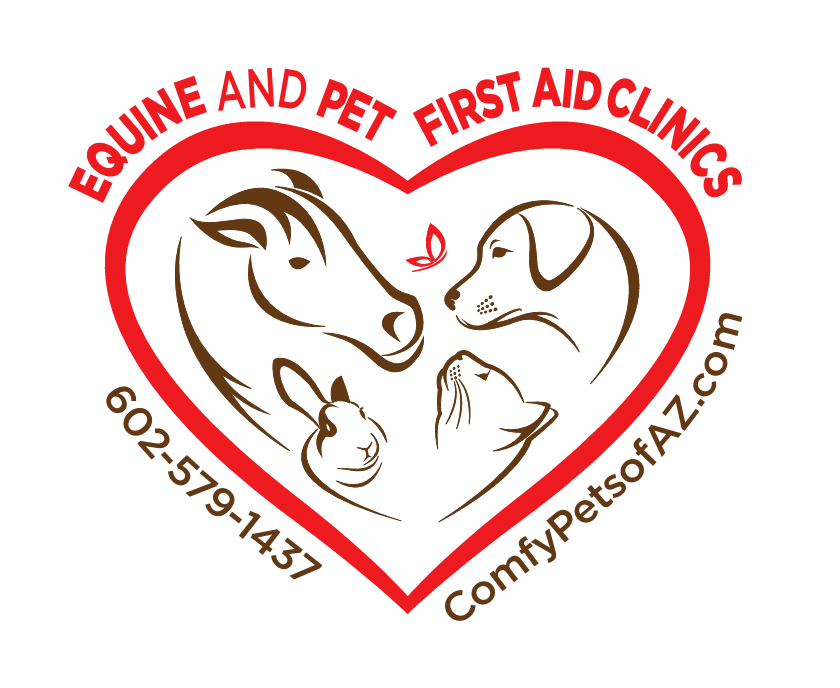Picture is taken from the Equss Magazine 2015
It's that time of year that the snakes are now out of hibernation. Baby snakes have also left the den and are out exploring the wonders of our desert. I have a Desert Mohave Coon Rattler that likes to hang out at my house, due to the ground squirrels. Unfortunately, he has already killed one of my dogs. I have named this snake Clyde.
This is Clyde
There are 22 venomous snakes in AZ and 40 non-venomous snakes.
Horses seem to get bit more in the face. This is due to the fact that they are usually grazing in the pasture or munching on hay that is on the ground and a snake just wants to pass through and the horse is curious, so it gets bit in the face.
50% of snake strikes are dry bites (snake just wants the threat to go away). The fangs of a snake are quite small, and looks smaller than the pricks from thorny bushes.
Now, dogs and cats that are bitten have a higher death rate just by the size of the body, compared to a horse's body, so they have a better chance of survival.
Signs & Symptoms
- Nose may bleed
Elevated RR- Full body sweating
- Full body clamminess or coldness
- Pale Mucus Membranes
You should have the following supplies to deal with snake bites:
- 2-4", 6" or 10" water hose (depending on how long the face is--better to have extra long than too short
- Vaseline to lubricate it
What to do if a snake bites your horse on the face:
- Lubricate the hose (do not try to stick a dry hose in the nose)
- You're going to guide it in, gently, and it needs to hang out a couple of inches.
- Tape the hose with duct tape to secure
- Call Vet (even for dry bites due to the bacteria)
- Describe the snake by color/patterns
- Do not try to catch the snake, apply any type of tourniquet or SUCK OUT THE VENOM!!!!
- Keep head up to keep Toxins from spreading
- Take a full set of vitals every 15 minutes till your vet arrives
- Clean the wound with clean drinkable water
- Apply cold water to the wound
- If it's on the foot, place the foot in a bucket of cold water
- Take a full set of vitals every 15 minutes till your vet arrives
The bite (including dry bites) delivers large doses of bacteria. Your horse will need a tetanus booster and antibiotics, as well as pain management. Most vets do not carry antivenom and if they do, it's normally $400-$600 per dose. Your vet will discuss the treatment options you have.
Unfortunately, we can't keep the snakes away, but we can definitely be aware of our surroundings in our pasture and stalls. Remember, snakes do not chase you or your animal and normally they're passing through or on the hunt for an animal that their radar has honed in on.
There is a product out on the market called Snake Away! I have used it around the perimeter of my backyard (you place the dry granular mixture around the outside of the perimeter) and it worked beautifully keeping Clyde away, but unfortunately we had two good rains and it washed away. It works for both poisonous and non-poisonous snakes. It's effective for 3 months, unless it rains. So, I guess it's time to buy some more.
_________________________________________________________________________________
Teri Ann Tate is an Equine & Pet Health First Aid Instructor and teaches her clinics in Laveen, and Fountain Hills, as well as throughout Arizona, Southern California and New Mexico. Teri Ann says if just one out of four additional animals could be saved by using just one pet first aid technique many animals would survive, according to the American Animal Hospital Association. To learn more about Teri Ann's Equine and Pet Health & First Aid Clinics, go to her website, ComfyPetsofAZ.com or call her at 602-579-1437 to sign up for a clinic near you.



No comments:
Post a Comment